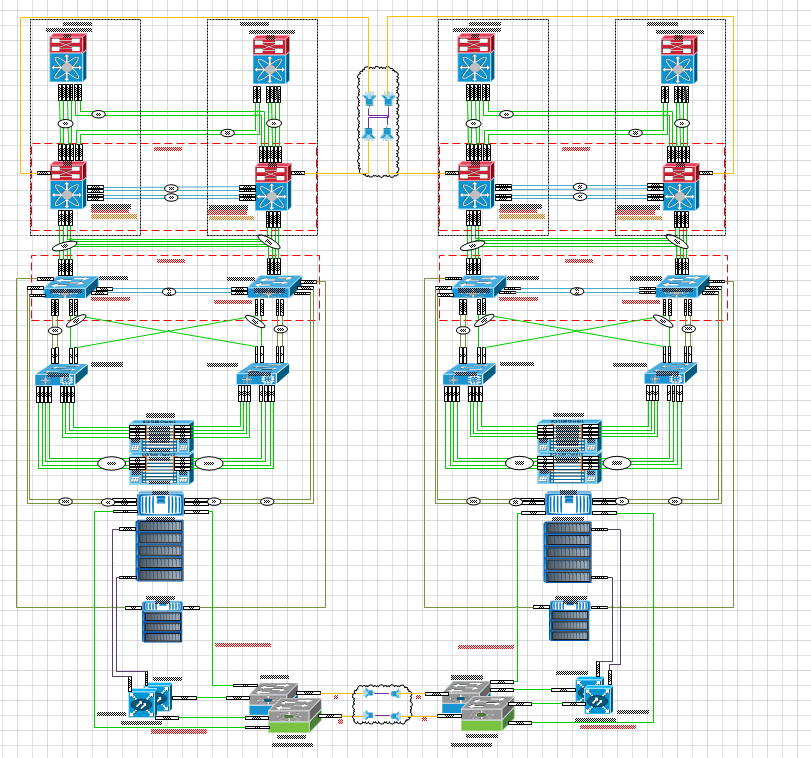This is the last of the 3-part post about MetroCluster failover procedure. This section covers the giveback process and also a note about a final review. The other sections of this blog post can be found here:
- NetApp 7-Mode MetroCluster Disaster Recovery – Part 1
- NetApp 7-Mode MetroCluster Disaster Recovery – Part 2
Test Case 4 – Virtual Infrastructure Health Check
This test case covers a virtual infrastructure system check, not only to get an insight into the current status of the system but to also compare against the outcomes from test case 1.
4.1 – Log into vCenter using the desktop client or web client. Expand the virtual data center and verify all SiteB ESXi hosts are online
4.2 – Log onto NetApp onCommand System Manager. Select primary storage controller and open application
4.3 – Expand SiteA/SiteB and expand primary storage controller, select Storage and Volumes. Volumes should all appear with online status
4.4 – Log into Solarwinds – Check the events from the last 2 hours and take note of all devices from Node List which are currently red





